As 2025 rolls around, customers, delivery operation as well as in-house employees be demanding more from restaurants, making the investment in the proper technology very crucial. A current-day restaurant point of sale system is not just an accounting system; rather, it helps companies to operate efficiently, improve on customer service and grow upon its data.
More flexible, mobile, and collaborative systems are needed for contemporary dining experiences.These attributes are not necessarily found in legacy systems. How you succeed with a cloud kitchen, full-service restaurant, or quick-service restaurant relies on the point-of-sale system that you choose.
Why Do Restaurants Need POS Systems and What Is a POS System?
A Point-of-Sale (POS) system is a hardware and software combination used to manage restaurant sales.But modern POS software can do a lot more. It takes care of orders, keeps the kitchen in sync, keeps track of inventories, processes different types of payments, and even keeps track of how customers act.
No more simple cash registers. Now, a modern POS system gives restaurant owners real-time data to assist them make better decisions and automates a lot of the work that needs to be done behind the scenes.
Important Parts of a Modern POS System for Restaurants
These are the features that every modern POS system should have:
-
Order Management & KOT: Sync sends orders directly to the kitchen in real time, which cuts down on delays and confusion.
-
Table Management: This lets staff assign tables, split bills, and make the best use of chairs during busy times.
-
Menu Customisation: It allows for easy menu editing, modifier, and combo changes.
-
Cloud-Based Access: This lets you access and manage the account from anywhere and multiple devices handy if there are multiple outlets for the restaurant.
-
Flexible Billing and Payments: Split the bill, pay with cash, card, UPI, or wallet.
-
Inventory Tracking: Monitors stock usage for each order, warns when stock is going low, and initiates auto-replenishment.
-
Integration of CRM and Loyalty: Intended for a CRM systems, captures each customer visitation, holds customer data, and automatically gives loyalty rewards.
-
Real-Time Analytics: Focuses on analytics around sales trends, best-selling products, and employee performance.
-
Third-Party Integrations: Integrated with a few processors for payment, accounting software, Swiggy, and Zomato.
Why the Generic POS System Isn't Beneficial for Restaurants
The way things function in restaurants is very different from how they work in stores or grocery stores.
A generic POS could slow you down or not have important features like:
- Talking to the kitchen in real time
- Changing the menu and adding food
- Splitting bills and combining tables
- Integrating online delivery
Old POS systems also make it more likely that mistakes will be made on bills, service will be delayed, and tables will not turn over quickly enough. All of these things have a direct effect on revenue and customer satisfaction.
How a modern POS system makes running a restaurant easier
-
Faster Table Turnover: KOT integration, better table management, and quicker payments all make people wait less.
-
Less Mistakes: Clear order notes and kitchen sync make sure everything is right.
-
Auto-deductions: Auto-deductions from stock keep your kitchen ready, which helps with inventory accuracy.
-
Better Customer Retention: Loyalty programs, personalised offers, and better service make people want to come back.
-
Smart Choices: Dashboards that update in real time help you predict demand and find problems.
What Restaurant Owners Should Think About When Choosing a POS
The proper POS for you depends on how you do business.
Say these:
-
What type of restaurant do I own (dine-in, fast food, cloud kitchen)?
-
Do I need apps for my phone and access to the cloud?
-
Will my point of sale system work without the internet?
-
Is it easy for personnel to pick up quickly?
-
Will it work with the technologies I already use, such delivery applications or accounting software?
-
Does it provide training and support in your area?
Some Use Case Scenarios for Modern POS System
-
Restaurant with a dining area: Use POS to keep track of server performance, combine and split bills, and make table bookings.
-
Quick Service Restaurant (QSR): Touch-based menu entry, loyalty points, and combo discounts can all help speed up orders.
-
Multi-Outlet Chain: Use a centralised POS to set prices, menus, and keep an eye on how well each site is doing.
Checklist: Essential POS Features for Restaurants
| Feature |
Must-Have for |
| KOT Integration |
All restaurant types |
| Cloud Access |
Chains, QSRs |
| CRM & Loyalty |
Casual/Fine Dining |
| Inventory Automation |
All restaurants |
| Multi-Payment Support |
All restaurants |
| Analytics Dashboard |
Owners/Managers |
| Delivery App Integration |
Cloud kitchens, QSRs |
This table makes it easy to match your restaurant type with key point-of-sale characteristics, allowing you to select the best system for seamless operations and future expansion.
Conclusion
Today, beyond payment processing, a restaurant point-of-sale system improves all aspects of the dining experience: accurate orders, faster service, and highly efficient workers. And smart POSs in your restaurant's digital command centre have such features as inventory management, loyalty program, and delivery connection.
POS systems are more strategic assets that enable data-driven decision-making and operation scaling and are not just mere tools. In choosing the right type of POS, a lot can be done to improve revenues, customer satisfaction, and productivity in the long run, depending on what your type of restaurant is, and where you will want to grow.
Frequently Asked Questions and Answers
Q1. Which POS suits best for Indian restaurants?
Answer : Brands like Petpooja, Posist, and GoFrugal are top favorites, but it depends on the type of business you operate.
Q2. Can one POS system handle both online and offline orders?
Answer : Yes, modern POS systems are the integration of all sources of orders and delivery software.
Q3. Is a cloud-based point-of-sale system superior?
Answer : Indeed. You may get real-time data and log in on various devices from any location. It scales better, too.
Q4. Cannot small POS software be fit for a small restaurant?
Answer : Surely. The beauty of POS systems is in their varied pricing options that are uniquely structured to serve both startups and small eateries alike.
Q5. How much is a modern restaurant POS system?
Answer : Depending on features, users, and types of assistance, the price ranges from ₹800 per month to ₹5000 per month.
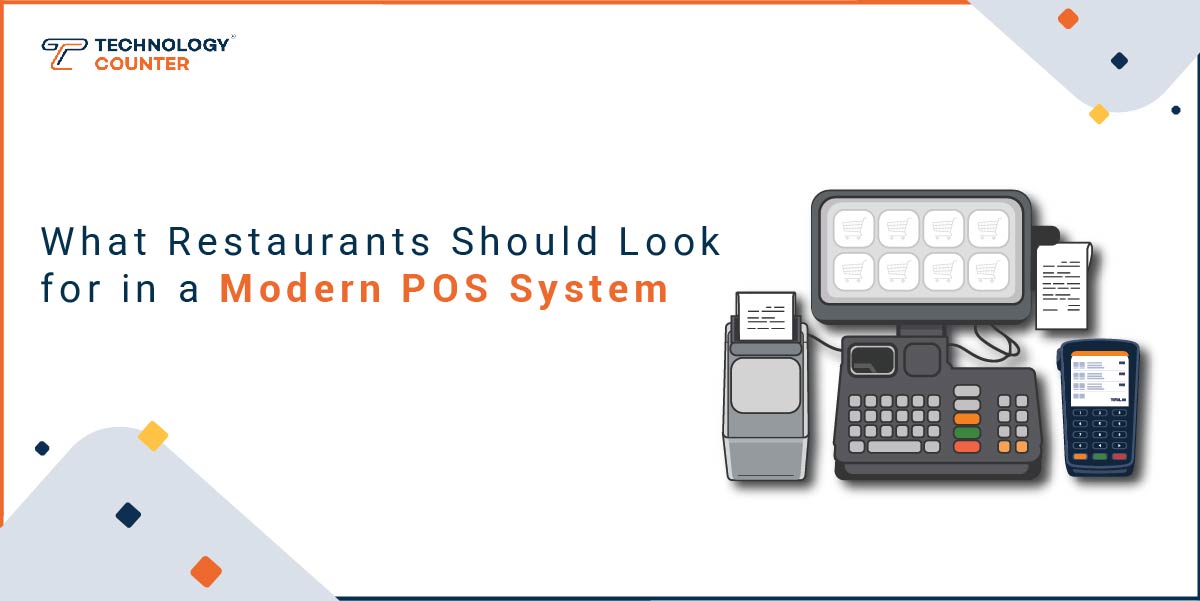

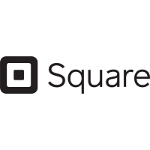




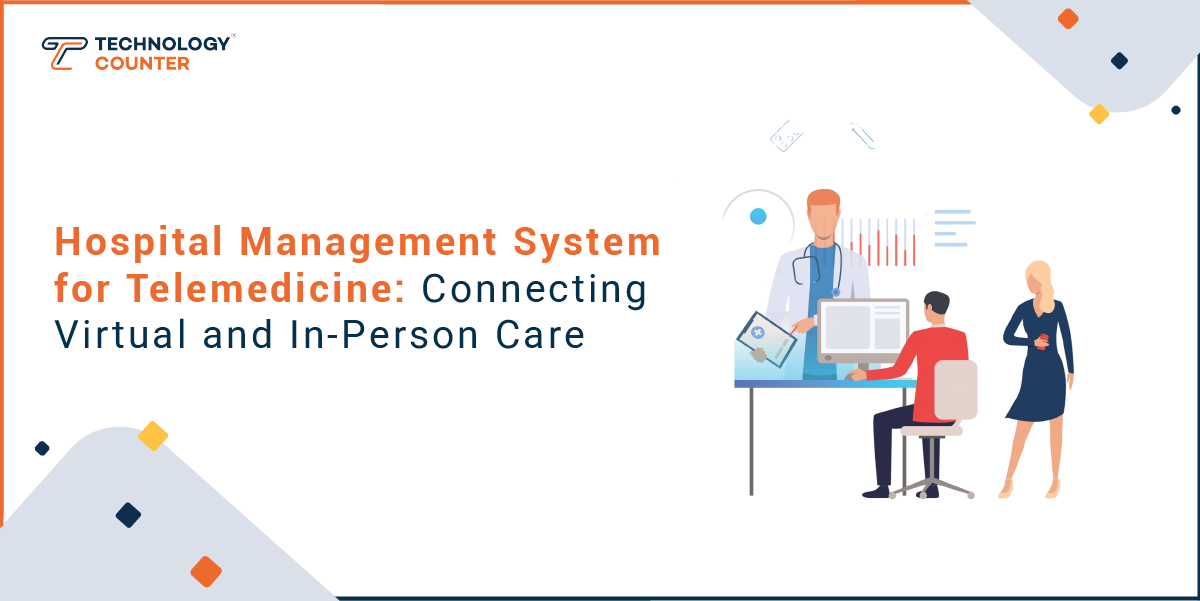
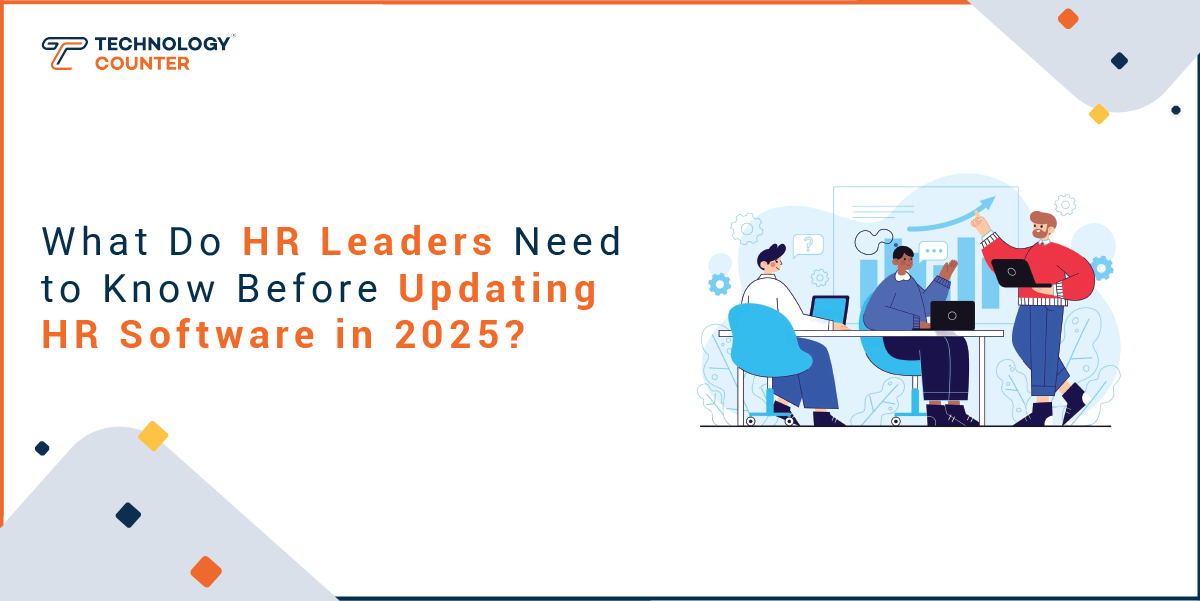
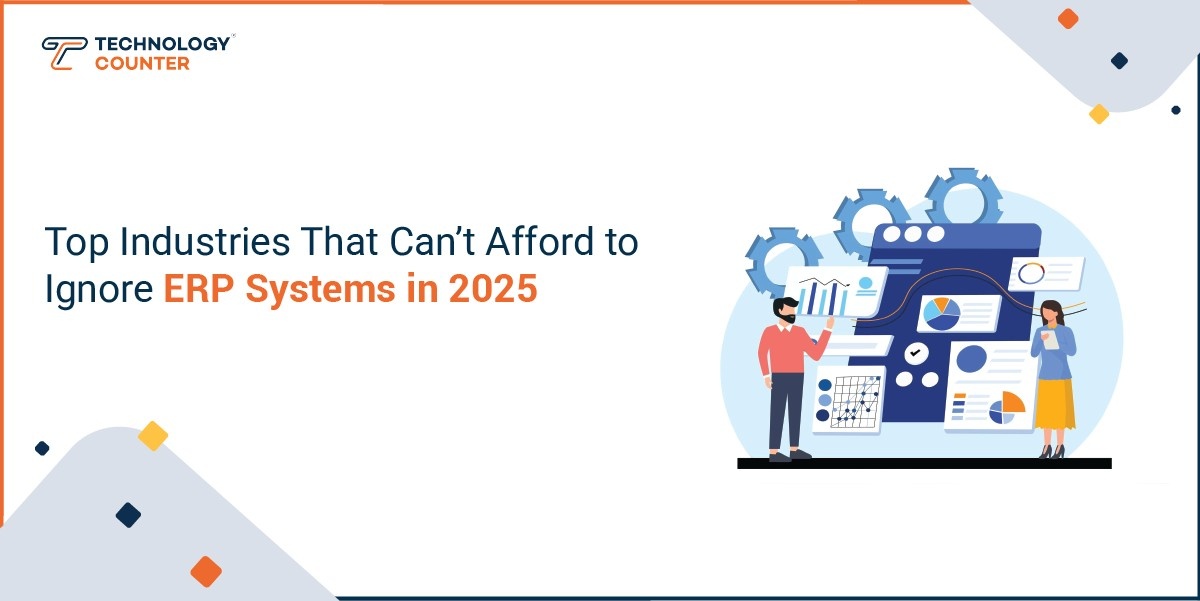
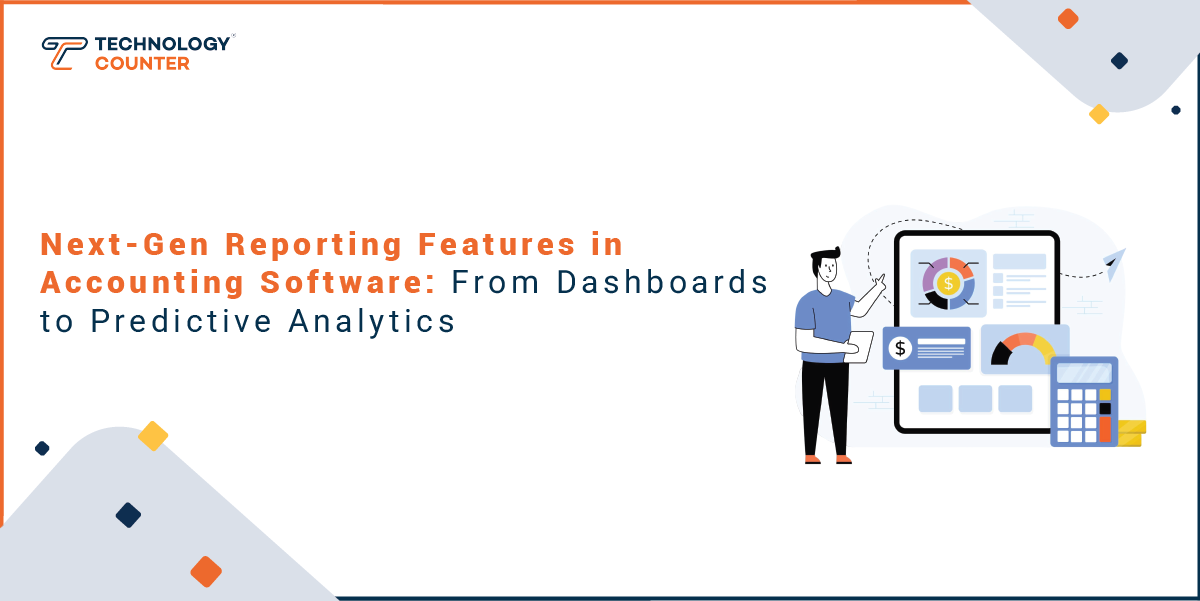
Post your comment